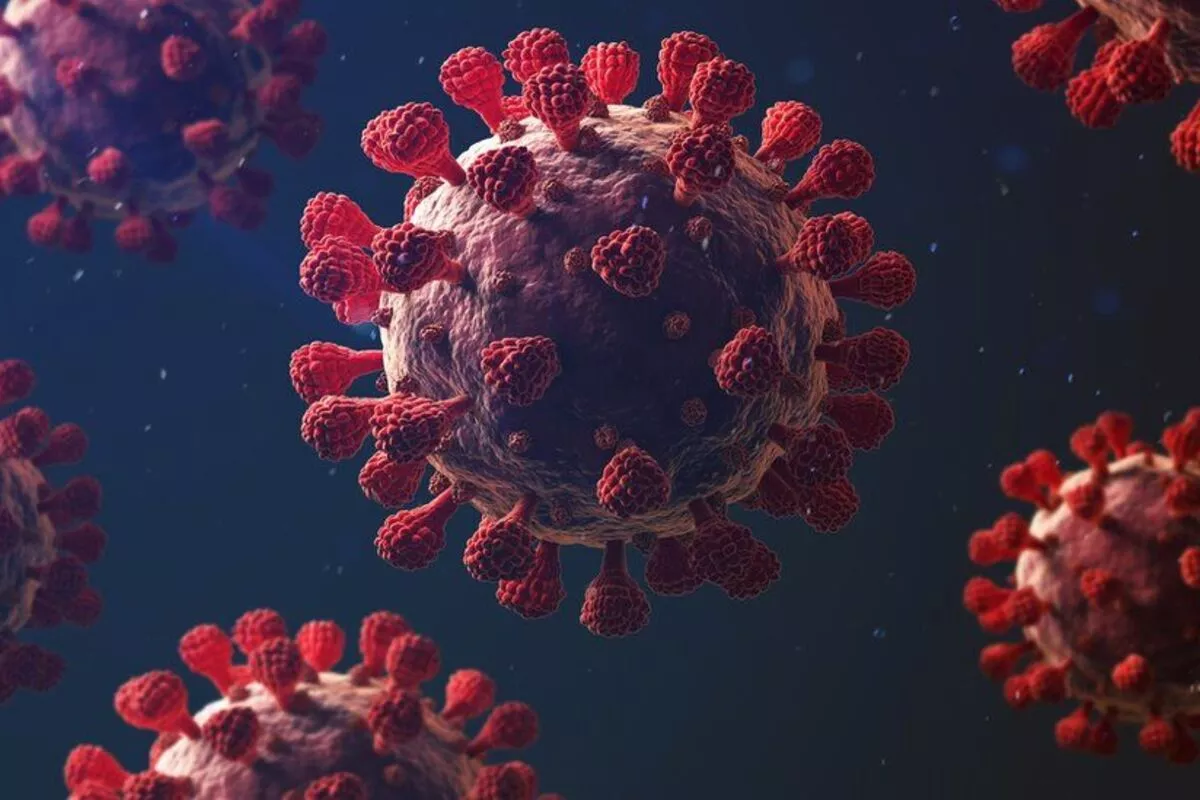
New Air Monitor Can Detect Covid Variants In Just Five Minutes, Read Here To Know
Researchers have created a real-time air sensor that can detect any SARS-CoV-2 virus strain in a room in roughly five minutes. Researchers at Washington University in St. Louis, Missouri, created the low-cost proof-of-concept gadget by combining recent breakthroughs in aerosol sampling technology and an ultrasensitive biosensing technique. The device can be used to identify SARS-CoV-2 and potentially monitor for other respiratory viral aerosols such as influenza and respiratory syncytial virus (RSV) in hospitals and healthcare institutions, schools, and public areas.
The researchers’ findings on the monitor, which they claim is the most sensitive detector on the market, have been published in the journal Nature Communications. Washington University neurology professor John Cirrito stated, At the moment, nothing tells us how safe a room is. If you’re in a room with 100 people, you don’t want to find out whether you’re sick or not five days later. The concept behind this device is to detect live viruses in real time, or every 5 minutes.
The researchers previously created a micro-immunoelectron (MIE) biosensor that detects amyloid beta as a biomarker for Alzheimer’s disease and wondered if it might be transformed into a SARS-CoV-2 detector. To accomplish so, they swapped an antibody that recognizes amyloid-beta with a llama nanobody that recognizes the SARS-CoV-2 virus’s spike protein. David Brody, a former Washington University faculty member and paper co-author, created the nanobody in his lab at the National Institutes of Health (NIH). According to the researchers, the nanobody is small, easy to replicate and modify, and inexpensive to build. According to Carla Yuede, an associate professor at Washington University, “The nanobody-based electrochemical approach is faster at detecting the virus because it doesn’t need a reagent or a lot of processing steps. SARS-CoV-2 binds to the nanobodies on the surface, and we can induce oxidation of tyrosines on the surface of the virus using a technique called square wave voltammetry to get a measurement of the amount of virus in the sample.”
Air enters the sampler at high speeds and mixes centrifugally with the fluid that lines the sampler’s walls, creating a surface vortex that traps virus aerosols. The wet cyclone sampler has an automated pump that collects the fluid and transfers it to the biosensor for electrochemical detection of the virus. Washington University professor Rajan Chakrabarty stated, “The challenge with airborne aerosol detectors is that the level of virus in the indoor air is so diluted that it even pushes toward the limit of detection of polymerase chain reaction (PCR) and is like finding a needle in a haystack. The high virus recovery by the wet cyclone can be attributed to its extremely high flow rate, which allows it to sample a larger volume of air over a 5-minute sample collection compared with commercially available samplers.”
Also Read: Study Finds, Deep Sleep Found To Be Key To Regulating Blood Sugar
The monitor was tested in the apartments of two COVID-positive patients. The results of real-time PCR on air samples from the bedrooms were compared to air samples from a virus-free control room. The devices detected virus RNA in the air samples from the bedrooms but not in the control air samples. The wet cyclone and biosensor were able to detect varying levels of airborne virus concentrations after only a few minutes of sampling in laboratory experiments that aerosolized SARS-CoV-2 into a room-sized chamber.
To read more such news, download Bharat Express news apps






































